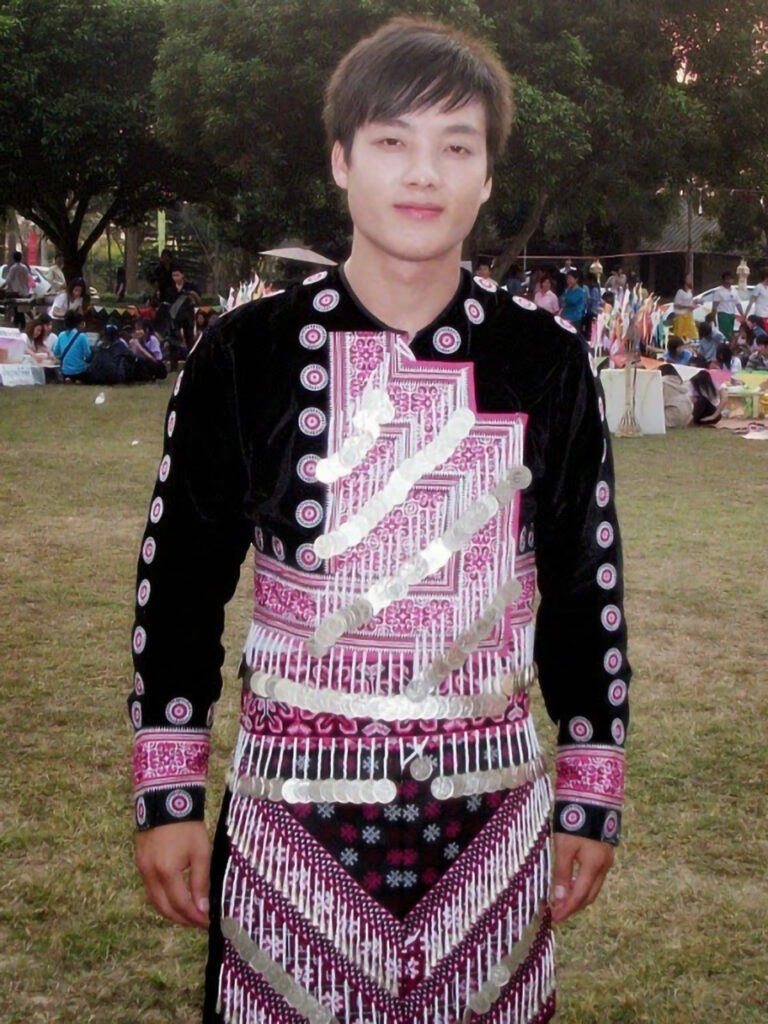
Native American And Hmong: Use These Design Patterns
Comparing Native American and Hmong Design Patterns
Explore the striking similarities between Native American and Hmong design patterns, delving into their cultural significance, artistry, and heritage.


Comparing Native American and Hmong Design Patterns
When examining Native American and Hmong artistry, one cannot help but notice the striking parallels in their design patterns. These intricate designs tell stories, symbolize cultural beliefs, and serve as a vibrant reflection of their respective heritages.
Native American Design Patterns
Native American design patterns are deeply rooted in spirituality and tradition. Geometric shapes, bold lines, and symmetrical designs are hallmarks of this style, often inspired by nature, celestial bodies, and tribal beliefs. These patterns are prominently displayed in textiles, beadwork, pottery, and ceremonial items, each piece carrying profound cultural and symbolic meanings.
Learn more about Native American art and culture at Stjo.org.
Hmong Design Patterns
Hmong design patterns, or paj ntaub (“flower cloth”), are celebrated for their detailed embroidery and storytelling. Like Native American designs, Hmong patterns often use geometric forms and vibrant colors, symbolizing themes such as family, nature, and resilience. These designs are commonly found in clothing, quilts, and ceremonial items, showcasing the rich artistic heritage of the Hmong people.
Explore Hmong artistry further.
Shared Themes in Design
Despite their geographical and cultural differences, Native American and Hmong design patterns share a deep connection to nature, symmetry, and storytelling. Both cultures use their designs to preserve traditions and express values, making these patterns more than just decorative — they are living testaments to their heritage.
By studying these patterns, we can gain a deeper appreciation for the artistry and cultural richness of both communities, fostering a connection between two worlds that share a common love for intricate design and meaningful expression.





For the Hmong guy clothing, that sash design was recently made. Originally, Hmong men just use a red sash tied around their waist to hold up their pants but now they just make a flat embroidery piece to cover the front part of the pants.
I am talking about the design.
When was it made?
The design for the sash was created by those living in Thailand and they started appearing around 2004-2005 (my mom got one of these outfits for my dad but it lacks the coins). Of course the clothing there were exported here to the US for people to buy.